Brett Butler pursued a career in forestry because he loves being in the woods, but during a research trip in college, he started to realize that forestry is as much about people as it is about trees. After earning a bachelor’s degree from the University of Connecticut and a PhD from Oregon State University, Brett was hired by the U.S. Forest Service to work at the Northern Research Station. He’s been there ever since – some 20 years – and is the coordinator of the National Woodlands Owners Survey, co-director of the Family Forest Research Center, an adjunct professor at the University of Massachusetts, and editor-in-chief of the Small-scale Forestry journal. He is also the author of America’s Family Forest Owners. Brett lives in Amherst, Massachusetts, and gets into the woods as often as possible with his wife and daughters.
I was not exposed to big nature as a kid. I grew up in suburbia in a town called Hamden, Connecticut, right outside New Haven. But I do remember this little red maple swamp and playing in that as a kid. I didn’t understand anything about the importance of it, I just knew that it was fun and felt good to be in. I wasn’t exactly sure what I wanted to do. I knew I loved nature, I loved hiking, I loved being out in the woods. I went to the University of Connecticut and majored in renewable natural resources.
I had phenomenal advisors. One of them, Robin Chazdon, is a tropical ecologist. She was the first one to bring me under her wings, and she brought me and a friend of mine down to Costa Rica for a summer to do our own research. That turned me on to research and how we can translate the information into statistics. Most people there were trying to study pure ecosystems without any human intervention. But Robin was studying secondary forests – what happens after people have influenced these forests? A lot of them were abandoned banana plantations and other things that were growing back. It helped me realize that people are the biggest influence on these systems. I study people now, but it’s not because I like people. It’s because I like the woods.
Oregon State is one of the few universities that has a full college of forestry, and that’s where I ended up going for graduate school. It was a phenomenal experience. When I was in grad school, I started to formalize my interest in human dimensions. I was taking economics classes, sociology classes, and a lot of statistical classes as well. I started to build up this quiver of skills and knowledge. One of my jobs at Oregon State was with another phenomenal advisor, named Ralph Alig, who was working on something called the Renewable Resource Planning Act Assessment. He brought me in there to work with Forest Inventory Analysis (FIA) data doing forest cover type projections.
This job with the Forest Service’s Northern Research Station opened up, and they were looking for someone who could do landowner surveys. I was doing that at Oregon State. They were looking for someone who has experience with FIA data. I was doing that with Ralph. And they were looking for somebody who was interested in moving to the Northeast.
New England is in my blood. I loved the tropics when I was in Costa Rica, but that is not who I am, that is not in my bones. I don’t have that natural connection. Oregon was another beautiful place, beautiful trees, beautiful landscapes. But it didn’t have that same appeal. There’s something about these New England woods that’s really important to me – the different trees, the landscapes, how our hills are, just being out in the woods – the smell of it, the feel of it is visceral and extremely important to me.
Basically, I’ve had one job my entire career, and I feel very fortunate for it. The Forest Service has treated me extremely well. The Research and Development branch can be a lot of fun to work in. There are lots of very smart people, doing all sorts of interesting things, and it’s exciting to be a part of that. I’ve been with the Forest Service for just over 20 years and was initially based out of Newtown Square, Pennsylvania. I’ve been based out of Amherst on the campus of the University of Massachusetts, colocated with the Department of Environmental Conservation for just over 15 years.
The primary reason we’re colocated here is that there was an inspirational man here named David Kittredge, and he and I started the Family Forest Research Center. We knew each other for a long time, and we had very similar interests in terms of family forest owners, their attitudes and behaviors, and what policies and programs could be put in place to help them. Before that, I was coordinating the National Woodland Owners Survey, which is something that I still do. But we were just collecting data, and we weren’t really taking that data to the next level. We weren’t generating knowledge from it. Dave and I wondered what would happen if we got together and started this thing called the Family Forest Research Center. We started it de novo. There was nothing here before.
My co-director of the Family Forest Research Center is now Paul Catanzaro. Unfortunately, Dave passed away a few years ago. Like Dave, Paul is an extension forester and a professor here. All of us study family forest stuff from different perspectives. They are more on the educational side of things, I’m more on the research end of things. We have this great shop that we’ve developed over the years, where we have a number of research fellows, post docs, graduate students, and undergraduates who are helping us implement the National Woodland Owner Survey and think about things in new ways. They’re challenging us, we’re pushing them. It’s just a really beautiful situation, and I feel very blessed to be able to participate in this.
The National Woodland Owners Survey is one of the three primary components of the USDA Forest Service’s Forest Inventory and Analysis program. The other components are timber products output, and our plots. Our plots are what most people know us for. We have hundreds of thousands of permanent inventory plots across the United States, and we have hundreds of people out there every day measuring the species, diameters, height, health – all this super important information about the biophysical elements of the forest. And we have our Timber Products Output Survey that looks at the mills, the economic perspective of the forest.
The National Woodland Owners Survey largely looks at the social context of the forests, in particular looking at private forests. This really got started in the late 1970s. The first survey I was able to complete was in 2006. Since then, we’ve completed surveys in 2013, 2018, and now we’re collecting data every year. The National Woodlands Owner Survey contacts a random sample of private landowners – about 5,000 of them every year – from across the United States. We ask them about why they own their land, what they’ve done there in the past, what they plan to do in the future. We ask them about general characteristics, how much forest land they own. We ask them about their demographics, their familiarity with different programs – cost share programs, forest certification, carbon sequestration programs. We collect lots and lots of information.
Family forest owners own more forestland in the U.S. than any other group. Over half of forestland in the U.S. is privately owned, and family forest owners own about 39 percent of forestland across the U.S., so it’s hugely important. There are millions of family forest owners out there. We have all this information, we know that it’s super important – but what can we do with that? When we started the Family Forest Research Center, we really wanted to take it to next level – what do these data mean for family forest owners in terms of how programs are working or not working, what their needs are, what their current situations are.
We’re always looking for new ways to synthesize these data, to get it into the hands of people who can use it. This is where a lot of the fun starts. We have these longitudinal data sets now that are super exciting. We can start to see how family forest owners are changing or not changing. A lot of the metrics look good. So, if we look at growth-to-removal ratios, they’re positive. We’re growing more trees than we’re removing on family forests across most species. Growth rates are good. There are forest health issues in different places. There are wildfire issues. But we’re also seeing a net decrease in family forest land across the U.S.
I think one of the biggest goals should be keeping forests as forests. If we can keep them as forests, most of those other ecosystem services – the carbon sequestration, wildlife, recreation – will continue to flow. We have parcelization going on out there – people taking large pieces of land and dividing those up into smaller pieces of land, and there’s often some level of development going on there. A lot of the challenges are going to be localized, based on what the specific threats are. We’re blessed with really strong land trusts throughout the Northeast, and they’re doing really good job trying to focus on lands that are the most threatened, and putting conservation easements on those lands so that we can keep them in perpetuity.
I think related to that, is the intergenerational transfer piece. So, when grandma and grandpa pass on, how can we make sure that that forest stays forest? A lot of times, that is their desire, but the next generation either isn’t able to handle it or doesn’t want it. I think that we could be doing a stronger job with some of our policies. We have a lot of very strong current use programs, but how effective are they? Can we be implementing those in a manner that is having a greater impact on the land – again in terms of keeping forests as forests?
For many people, being out in nature provides peace and solace. It can also be fun and energizing. If you’re out there with a young child, it’s a very different experience. It’s often much slower and just looking at things from a very different perspective. I’ve been joking for a long time about how we have all these programs for family forest owners on chainsaw safety and timber stand improvement. How about fairy habitat improvement? On one level, that seems kind of flippant. On another level, how many family forest owners are grandparents? What do grandparents like? Grandkids. What do grandkids like? They like fairies. So, what are things you can do to help grandparents get out in the woods with their grandkids? We think of nontraditional timber products – mushrooms and maple syrup and berries – let’s go even further. Let’s embrace the fairies. It’s about helping people connect to the land and helping them connect with family. When you see a young person say, “I wonder what’s there?” and you can see sparkles happening in their mind, it’s a really beautiful thing, and something that we are fortunate we can help happen.
Another challenge we have across the Northeast is that a lot of the forests are 60 or 70 years old, and we don’t have a lot of diversity in age and structure. So, how can we have more resilient forests? That’s something that our data are being used for as well. Those are questions that we, as a Family Forest Research Center, can help address. We have a really strong cadre of research fellows, and we branch out to other people at other institutions. We want to be a catalyst of family forest research. I’m a researcher, I’m not a service forester, I’m not a private forester, but I know who those people are and can try to connect forest owners to these people. Working through those networks, we can start to coalesce some really, really strong groups and do things that we think are really exciting and impactful.
This center at UMass is a national center. We do the National Woodlands Owner Survey for the whole U.S. We also get to represent private ownership issues internationally as well. I’m fairly involved with a group called the International Union of Forest Research Organizations, and we talk with people around the world. So, what are issues facing family forest owners in Finland? What about small scale forestry in Indonesia? How can the research community collectively help improve the livelihoods of people throughout the world? Even though we’re studying this in our region, there are implications for other places, and that information from other places has implications here as well.
Another area that we’re interested in moving into is related to indigenous peoples. I sit in a place that was the ancestral grounds of the Nipmuc people. Their land was taken from them. What are the ramifications of that? Are there ways that we can help address some of those issues? Because there are Nipmuc people still here. Maybe there’s a place for people who are currently private landowners to invite indigenous people to carry on traditional practices on the land. How can we encourage some of that – in a voluntary way, in the right place, at the right time?
At the Family Forest Research Center, I think we’re in a synergistic place. We’re researchers. But how can we help connect people? How can we help spur ideas?


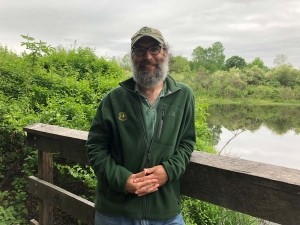

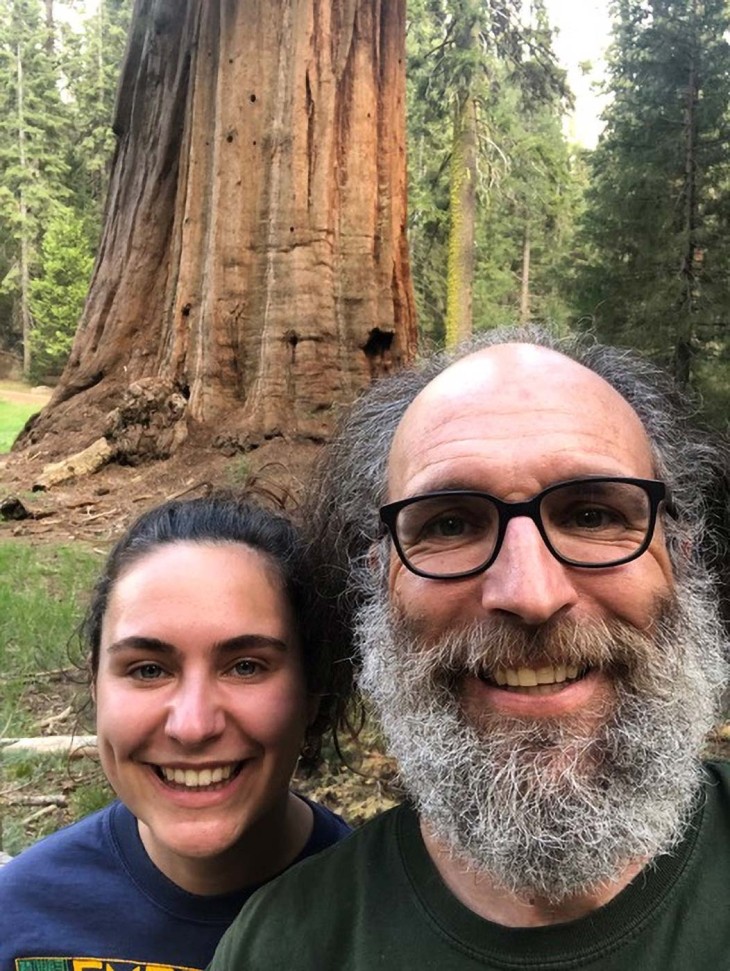
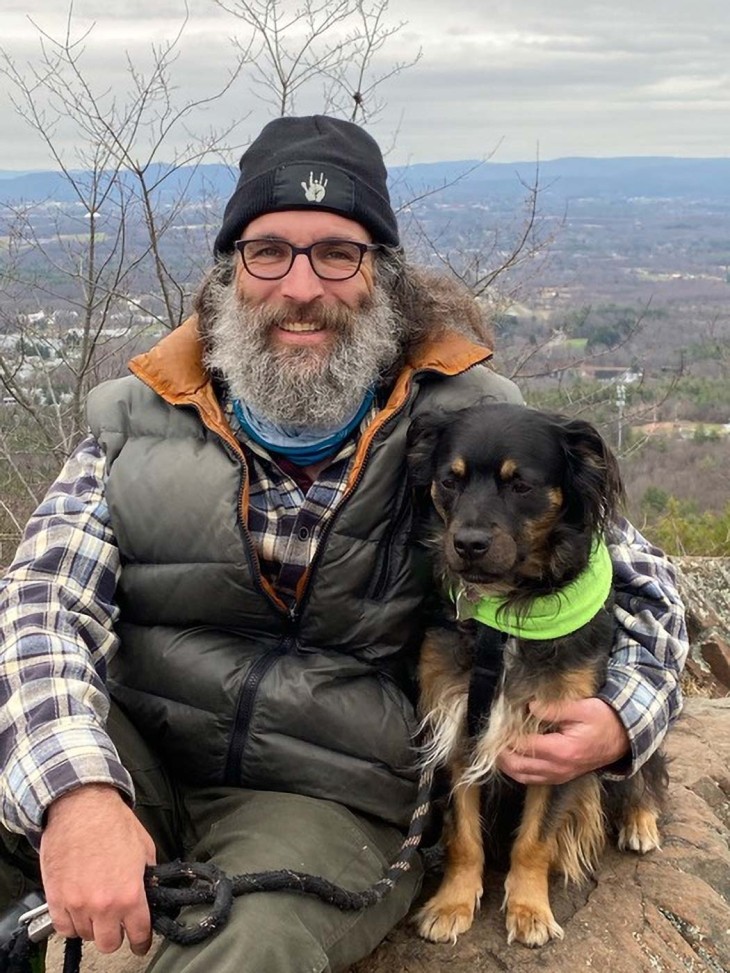
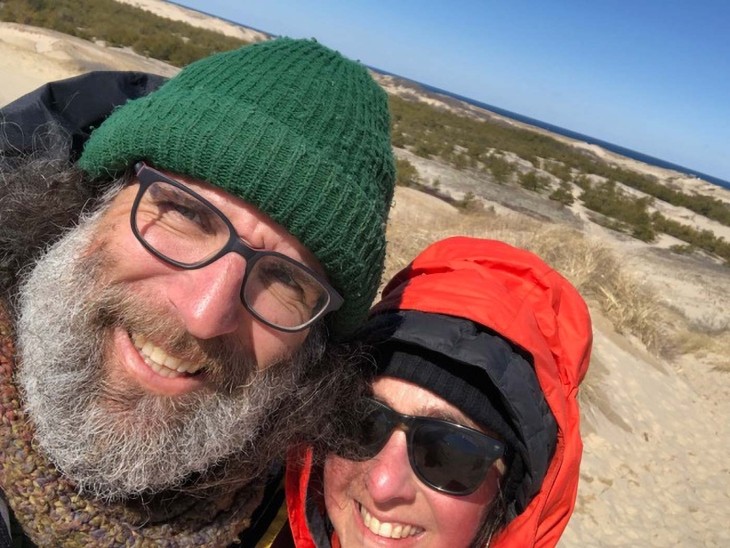
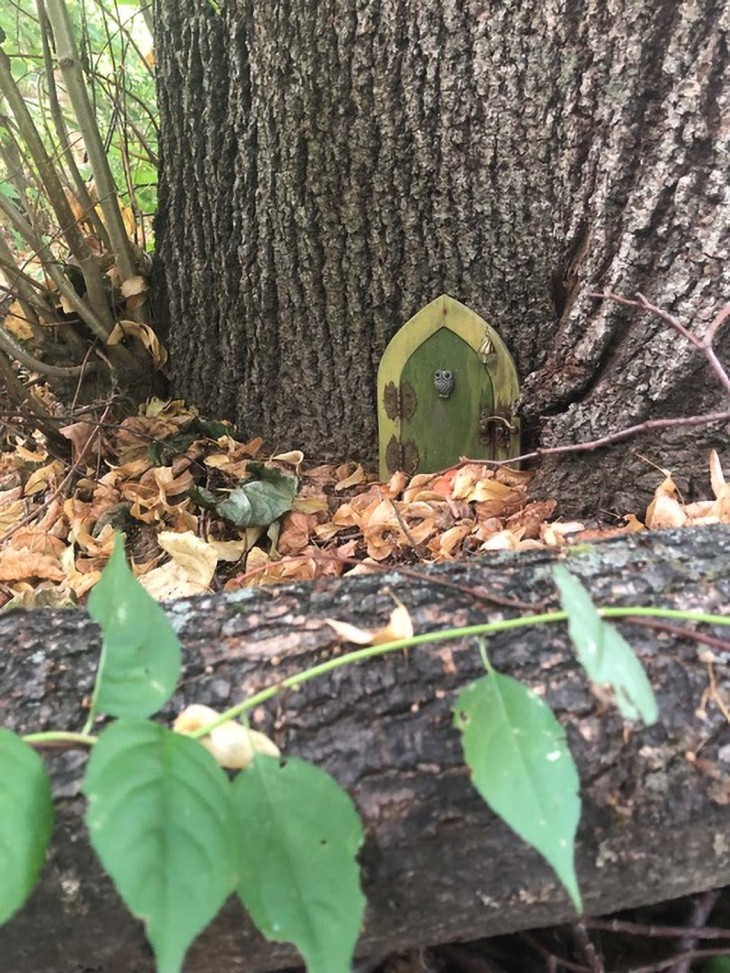
Discussion *